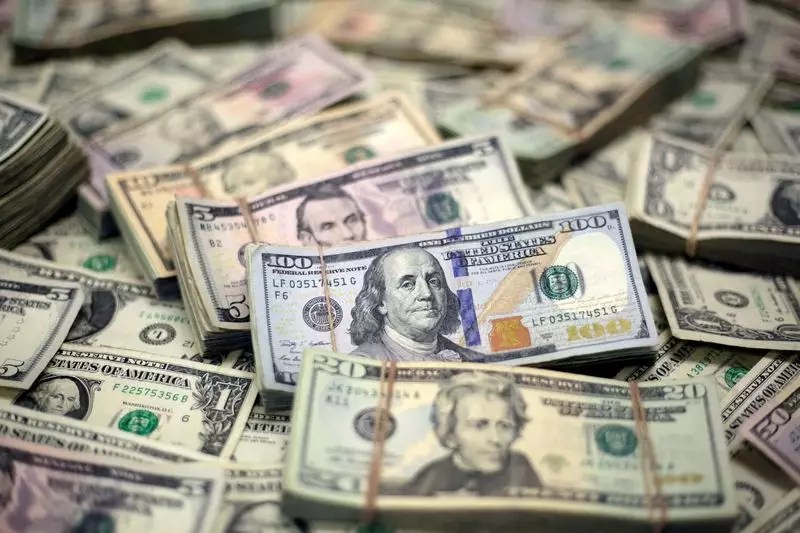On Friday, the U.S. dollar experienced a significant decline against the Japanese yen, marking its lowest point of the year. This downturn was largely attributed to a resurgence in media reports regarding the possibility of a substantial Federal Reserve rate cut anticipated next week. The dollar dropped 1% to 140.36 yen, reflecting investor concerns and shifting expectations around U.S. monetary policy, culminating in a closing value of 140.87 yen, down by 0.7%. Other major currencies, including the euro, pound, and Swiss franc, also gained ground against the dollar, amplifying the concerns surrounding the greenback’s strength.
The root of this volatility can be traced back to U.S. economic indicators released earlier in the week, particularly data reflecting consumer price inflation. The core inflation figure, which excludes volatile food and energy prices, exceeded expectations for August. Such indicators traditionally support the case for a moderate cut in interest rates; however, market narratives shifted dramatically following influential articles from renowned publications such as the Wall Street Journal and Financial Times. These articles aired the possibility of a more aggressive 50 basis point cut by the Fed, which startled investors who had begun to recalibrate their expectations towards a more conservative 25 basis point decrease.
Market Reactions and Shifting Expectations
The reaction from the markets was palpable, with traders adjusting their forecasting models to consider the revised possibility of a 50 basis point cut. This speculative environment saw the likelihood of a 50 basis point reduction rise to approximately 40%, an increase from 25% a day earlier and 15% earlier in the week. Henry Allen, a macro strategist at Deutsche Bank, articulated the surprise within the investment community, highlighting how market sentiment is often influenced by such reports.
Former New York Federal Reserve President Bill Dudley further fueled these discussions by advocating for a more substantial rate cut, suggesting that current rates are excessively high—ranging between 150 to 200 basis points above the neutral rate. This perspective raises an essential question regarding the Federal Reserve’s potential actions, particularly as the economic environment remains precarious. Such insights are instrumental for market participants who are keen to anticipate Federal Reserve moves and adjust their strategies accordingly.
The euro, meanwhile, showed resilience against the dollar, closing up slightly at $1.1086. This increase followed a prior rise of 0.57% after the European Central Bank announced a 25 basis point cut. Nonetheless, ECB President Christine Lagarde’s remarks tempered expectations for further reductions in the forthcoming months. Optimism regarding European interest rates being held at higher levels than previously anticipated tends to strengthen the euro, making it an attractive asset for investors.
The dollar index, which benchmarks the dollar against six other major currencies, fell by 0.1% to sit at 101.06. Similarly, the British pound remained steady at around $1.3119, buoyed by anticipation of the Bank of England maintaining its interest rate at 5%, following modest easing measures initiated in August. The consistent movements across currency pairs underscore the intertwined nature of monetary policies and their significance on market dynamics.
Investors also maintain a watchful eye on upcoming monetary policy decisions from various central banks. The Bank of Japan (BoJ) is slated to announce its interest rate decision next Friday, where the general consensus leans towards maintaining the current rate of 0.25%. However, BoJ board member Naoki Tamura hinted at potential gradual increases in rates, aiming to bring them up to 1% within the next fiscal year. Such signals contribute to the complexities of currency trading, where policies can influence not just domestic economies but also global market landscapes.
The interplay between economic indicators and discussions among central bank officials creates an atmosphere of uncertainty and speculation in the currency markets. As investors grapple with evolving narratives around interest rate cuts, the landscape is ripe for volatility as the dollar continues to respond to shifting expectations and economic realities. The next week will prove crucial, not only for the dollar’s trajectory but for the broader implications on global financial markets.


Leave a Reply